Welcome to the Digital Thunderdome
Good morning, ambitious business professional! So you've decided to enter the Chinese B2B market? Congratulations on choosing one of the most complex, rapidly evolving, and occasionally bewildering digital ecosystems on the planet! It's like deciding to learn chess, except the board is invisible, the rules change weekly, and all your opponents are grandmasters who've been playing since birth. But don't worry—by 2025, the opportunity is so massive that even your inevitable initial failures will probably still make money.
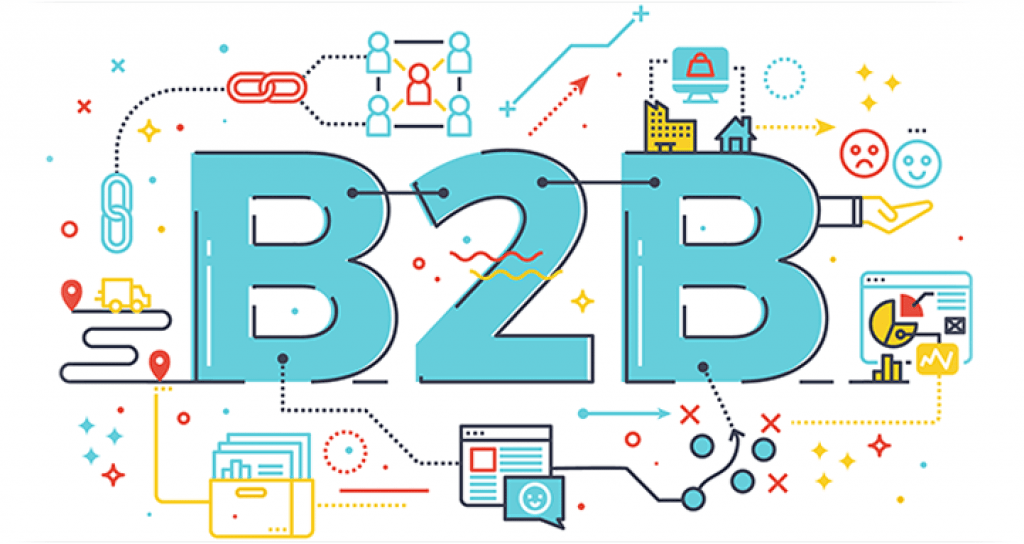
The Numbers That Will Make Your CFO Either Excited or Terrified
Before we dive into the "how," let's talk about the "why" with some numbers that will either make you call your board of directors in excitement or update your resume in panic:
- Total B2B E-Commerce Value: 6.9 trillion yuan (that's roughly the GDP of Italy, but growing faster)
- Digital Adoption Rate: 92% (the remaining 8% were probably too busy making money to answer the survey)
- Cross-Border Market Growth: 28% (growing faster than your company's expense reports during conference season)
- Average Digital Procurement Time: 45 days (down from 90, which in corporate time is practically teleportation)
- Mobile Business Interactions: 85% (because apparently Chinese executives also never put down their phones)
The Seven Pillars of Wisdom (or "How Not to Embarrass Yourself in the World's Largest B2B Market")
1. Baidu SEO: Where Google Skills Go to Die
What It Is:
The art of making your business findable on China's dominant search engine, which operates with the logic of Google but the cultural context of, well, China.
The No-Nonsense Approach:
- 100% Simplified Chinese content (your high school Mandarin won't cut it)
- Localized keyword research (because direct translation is the fast track to digital obscurity)
- Technical SEO alignment (different rules, different robots, same headaches)
- Cultural context integration (because "Just Do It" might translate to "Just Died" for all you know)
Advanced Techniques for Overachievers:
- Semantic search optimization (teaching the algorithm you're not just another foreign company with more money than sense)
- Localized content clustering (grouping content like dumplings in a bamboo steamer)
- Mobile-first indexing (because desktops in China are practically antiques)
- AI-powered content strategies (fighting algorithms with algorithms)
How to Actually Make It Work:
- Hire native speakers (not your colleague's cousin who "lived in Shanghai for a semester")
- Get obsessive about metadata (the digital equivalent of feng shui)
- Use server-side rendering (because slow sites are the digital equivalent of showing up late to a meeting)
- Get a .CN domain (yes, it's worth the paperwork nightmare)
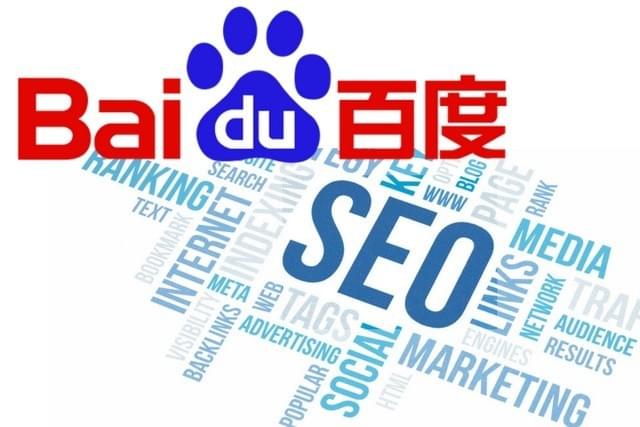
2. WeChat Ecosystem: The Platform That Ate The Internet
What It Is:
Imagine if LinkedIn, Slack, Venmo, Zoom, and Amazon had a baby, and that baby grew up to dominate an entire country's digital life. That's WeChat.
Your Multi-Pronged Attack Plan:
- Develop an official WeChat account (harder than getting verified on Twitter, about as complex as filing your taxes)
- Create mini-programs that actually work (think apps within apps, like digital Russian nesting dolls)
- Advanced content marketing (because posting cat memes won't cut it here)
- Professional networking (where "guanxi" meets gigabytes)
Tech Features That Will Make Your Head Spin:
- AI-powered connection suggestions (creepily accurate)
- Comprehensive service mini-programs (digital Swiss Army knives)
- Advanced privacy controls (ironic, we know)
- Contextual experiences (WeChat probably knows what you want before you do)
Engagement Strategies That Actually Work:
- Professional content that doesn't put people to sleep
- Audience segmentation more precise than a surgeon's scalpel
- Interactive experiences that don't feel like homework
- Relationship marketing (because in China, business is personal)
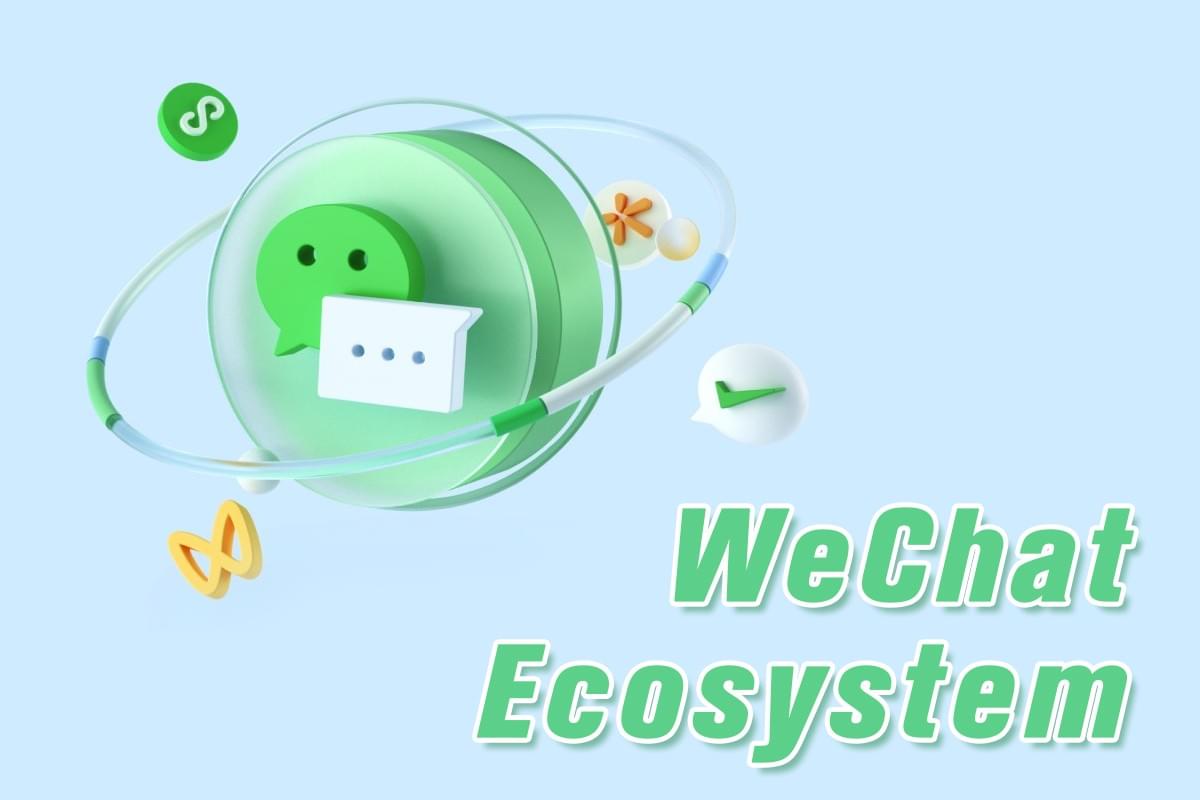
3. LinkedIn China: Yes, It Exists and Yes, It Matters
What It Is:
The professional network that somehow managed to exist in China by playing by the rules, offering a bridge between Western business practices and Chinese professional culture.
Strategic Framework (or "How to Be Professional in Two Cultures Simultaneously"):
- Localized profiles (your Western achievements may mean nothing here)
- Industry-specific content (generic "thought leadership" is the fast track to being ignored)
- Targeted connections (quality over quantity, unlike your Western LinkedIn strategy)
- Thought leadership that actually demonstrates thought and leadership
Professional Branding Without Looking Like a Tourist:
- Cultural context integration (no more "universal business principles" that are actually just American)
- Advanced networking that acknowledges hierarchy and respect
- Skill validation that matters to Chinese businesses
- Credibility building (which takes twice as long and requires three times the evidence)
Engagement Without Being Awkward:
- Company showcases that highlight relevance to China specifically
- Content that proves you understand the local industry
- Strategic connection management (the digital equivalent of business card etiquette)
- Professional dialogue that doesn't read like it was translated by a robot
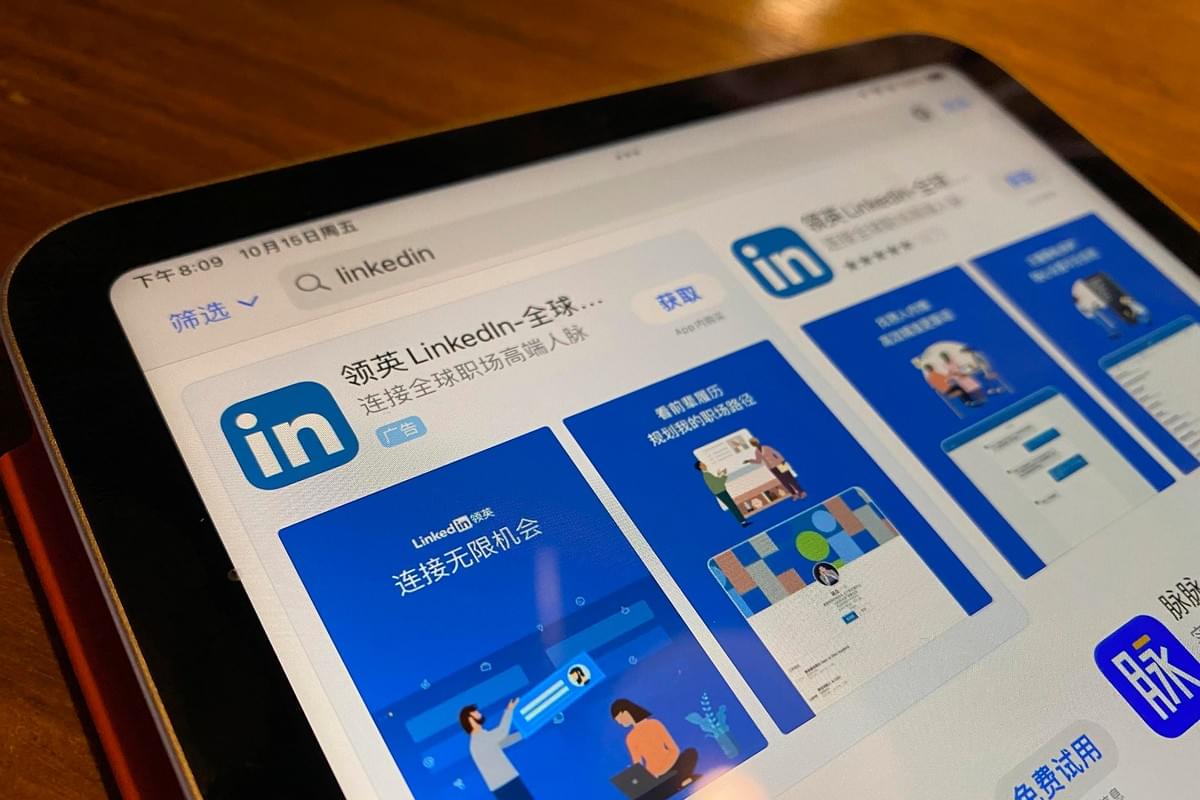
4. Alibaba B2B: Where Business Dating Happens
What It Is:
The world's largest matchmaking service for businesses, where suppliers and buyers engage in elaborate courtship rituals involving specs, MOQs, and surprisingly emotional negotiations.
Platform Integration Without Tears:
- Product listings comprehensive enough to answer questions before they're asked
- Digital showrooms that don't look like they were designed in 1997
- Verified supplier credentials (because trust is currency)
- Transparent pricing (well, as transparent as pricing ever gets in B2B)
Digital Procurement Magic:
- AI recommendations that occasionally seem psychic
- Real-time communication tools that bridge language gaps
- Verification processes more thorough than airport security
- Dynamic pricing that somehow always feels like you could have gotten a better deal
Market Penetration Techniques:
- Product descriptions in language so local it could order street food
- Cultural adaptation that acknowledges regional preferences
- Competitive pricing (because yes, Chinese businesses comparison shop aggressively)
- Trust documentation (certificates, case studies, testimonials, blood oaths, etc.)
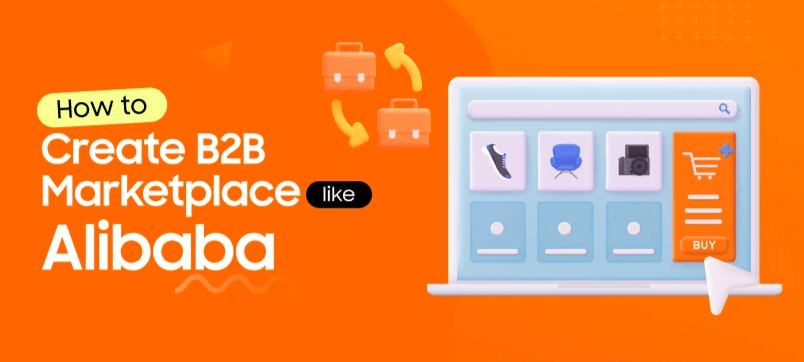
5. Content Marketing Localization: Because Your American Case Studies Won't Cut It
What It Is:
The art of telling your business story in a way that makes Chinese businesses care, which is approximately 100 times harder than you think it is.
Content Framework That Actually Works:
- Industry insights that prove you understand China's specific challenges
- Expert information that doesn't sound like it was copied from Wikipedia
- Multimedia content because no one reads walls of text (except this one, apparently)
- Cultural sensitivity that goes beyond "don't use the number 4"
Localization Beyond Google Translate:
- Professional translation by humans who understand business context
- Cultural adaptation that acknowledges regional business practices
- Industry terminology that signals insider knowledge
- Storytelling that resonates with Chinese business values
Content Strategy for the Attention-Challenged:
- Long-form articles for the rare person who reads them
- Video content with subtitles (because audio-only is so 2010)
- Infographics that don't look like they were made by an intern
- Thought leadership that makes people think "this company gets us"

6. Livestream B2B Marketing: QVC for Business Products
What It Is:
Imagine if trade shows never ended and were available on your phone 24/7. That's China's livestream B2B marketing in a nutshell.
Livestreaming Without Looking Amateur:
- Product demos by people who actually understand the products
- Q&A sessions that don't devolve into technical support nightmares
- Expert panels that include actual experts
- Technical showcases that explain complex solutions without inducing sleep
Tech Setup That Won't Fail Mid-Presentation:
- Streaming infrastructure with redundancies upon redundancies
- Engagement tools that work on multiple devices
- Real-time translation that doesn't make you sound like a malfunctioning robot
- Analytics that tell you who's watching and who's just leaving their screen on while getting coffee
Engagement That Converts:
- Professional presentations that don't look like PowerPoint threw up
- Technical content explained in ways humans can understand
- Interaction mechanisms that make people feel involved
- Follow-up strategies because one touchpoint is never enough

7. AI-Powered Personalization: The Future Is Watching You
What It Is:
Using artificial intelligence to make B2B marketing feel personal in a market with millions of businesses, which is either brilliant marketing or slightly terrifying, depending on your perspective.
Personalization Framework:
- Audience segmentation so specific it borders on mind reading
- Behavior analysis that predicts needs before companies articulate them
- Content recommendations that actually help rather than annoy
- Marketing that adapts faster than a chameleon on a rainbow
Tech That Makes It Possible:
- Machine learning algorithms constantly getting smarter
- Data integration across platforms you didn't even know were sharing data
- Real-time adjustments that make your marketing responsive
- Predictive modeling that sometimes feels like a crystal ball
Implementation Without Creeping People Out:
- Learning systems that improve without becoming skynet
- Ethical data usage (because regulations are tight and getting tighter)
- Personalization transparent enough that it doesn't feel manipulative
- User-centric design that acknowledges humans are still making the decisions

Strategic Considerations (Or "How Not to Waste Millions of Yuan")
The Five Pillars of Not Getting Fired
- Cultural Intelligence: Know enough about Chinese business culture to not accidentally insult someone
- Technological Adaptability: The platform you mastered last month is probably updating as you read this
- Continuous Learning: Your knowledge has a shorter half-life than an ice cream cone in summer
- Strategic Localization: "Global strategy, local execution" isn't just a cliché, it's survival
- Ethical Marketing: Because regulations are strict and penalties are stricter
The Future: What Your Competitors Are Already Planning For
- AI-Powered Personalization: Beyond segments to individual business DNA
- Immersive Experiences: VR/AR product demonstrations that feel like science fiction
- Predictive Intelligence: Marketing that anticipates needs before businesses know they have them
- Cross-Platform Integration: Because silos are so 2020
- Ethical Data Usage: Navigating the tightening regulatory environment while still getting results
Conclusion: Embrace the Chaos
China's B2B digital ecosystem isn't just a market—it's a masterclass in adaptation, innovation, and occasionally pure confusion. The companies that thrive aren't necessarily the biggest or richest, but the ones most willing to learn, adapt, and occasionally laugh at their own mistakes.
Remember: in Chinese B2B marketing, you're either evolving or dissolving. There is no middle ground.